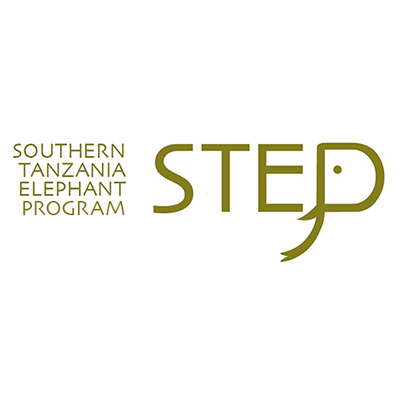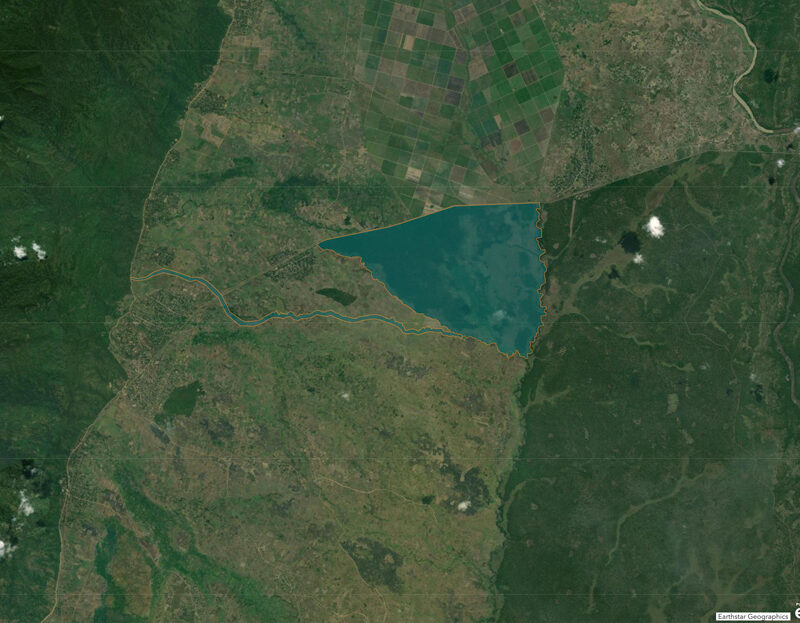Project Partner
Southern Tanzania Elephant Programme (STEP)
Project Summary
WLT are supporting STEP with the land acquisition for “Restoring the Kilombero Elephant Corridor”, a project in Southern Tanzania with the following aims: to ensure long-term connectivity for elephants (and other wildlife); address chronic human-wildlife conflict; and enhance the ecological integrity of the Kilombero Valley.
Elephants regularly attempt to move 12 km across the Kilombero Valley between Udzungwa Mountains National Park and Magombera Forest Nature Reserve on the edge of the Nyerere National Park (formerly Selous Game Reserve), as they have likely done for many thousands of years. Less than 50 years ago, there was continuous forest across the valley; today, the forest has been fragmented by land conversion to agriculture.
The route is a critical connection between the western and southern elephant meta-populations of Tanzania (>30,000 elephants) and is currently the only link that can be saved to avert a total loss of connectivity. In the absence of a managed corridor, elephants pass near houses and schools, and local farmers suffer crop losses on a near weekly basis, resulting in human-elephant conflict.
The fenced 12km-long and 150m-wide community-managed corridor, is modelled on a successful elephant corridor near Mount Kenya and will provide a safe route for elephant movement. This action will reduce economic losses for the community, create employment and income-generating projects, and link forests of global biodiversity importance.
Biome
Tropical and subtropical moist broadleaf forests
Ecoregion
Eastern Arc forests
Habitats
The Kilombero Valley is an extremely fertile matrix of villages, agriculture, and diminishing wildlife habitats. The Valley is the floodplain for the Kilombero River. A historic wildlife corridor traverses the Kilombero Valley, connecting Nyerere National Park, Magombera Nature Forest Reserve and the Udzungwa Mountains.
Method for Land Protection
Land acquisition
BIODIVERSITY
This project provides connectivity for 35% of East Africa’s elephant population (7% of Africa’s elephants). Research has also shown a highly positive correlation between the presence of elephants and large mammal diversity within corridor areas and STEP estimate that the corridor will benefit 12 mammal species for which recent or historical connectivity has been documented, including the endemic and endangered Udzungwa Red Colobus, as well as lion, leopard, and buffalo.
Global Prioritisation
The corridor connects Udzungwa Mountains National Park and Nyerere National Park (formerly Selous Game Reserve), both of which are recognised as Key Biodiversity Areas. The project and wider area are also within close proximity (15-25 km) of the boundary of the Eastern Afromontane and Coastal Forests of Eastern Africa Biodiversity Hotspots.
Main Threats to the Area
The continuing conversion of the Kilombero Valley to agriculture and settlement has resulted in the rapid loss of connectivity between Udzungwa and Nyerere National Park. Two of the three historic wildlife corridors have already been lost and are too challenging to restore due to their length.
As well as habitat loss and modification, human-elephant conflict, including economic losses and reduced food security for people and retaliatory killings and tolerance of poaching for wildlife (esp. elephants), remains another serious threat in the project area.
Local communities
The corridor traverses the land of Kanyenja, Man’gula A and Sole villages in the Kilombero Valley, whose communities primarily rely on agriculture as their main source of livelihoods including small-holder agricultural production and crops of rice and sugarcane.
STEP and its partner Association Mazingira have been engaging community stakeholders since the inception of the project and associated projects in 2014. A participatory land use planning process, adhering to national guidelines, has been followed to designate and manage the corridor, including widespread consultations, sensitisation, and participatory mapping sessions held during the first phase of the project.


